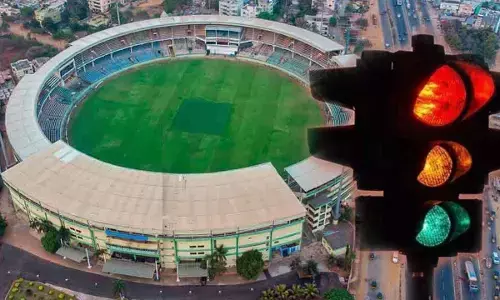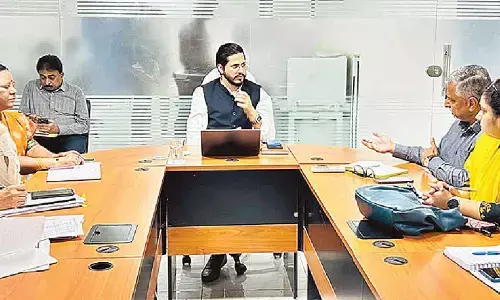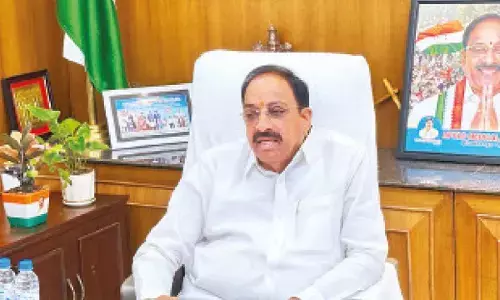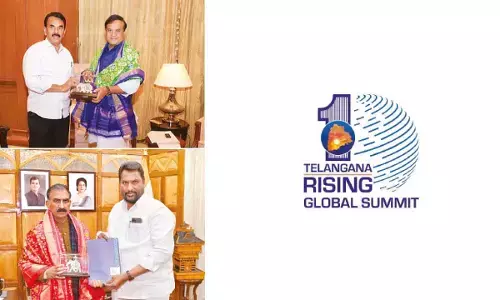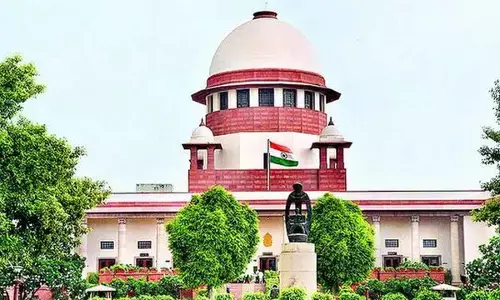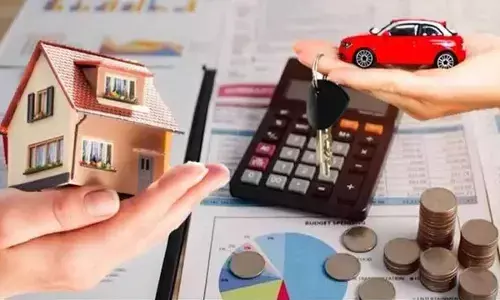MGNREGA needs to be bolstered

MGNREGA, or the Mahatma Gandhi National Rural Employment Guarantee Act, is a social welfare scheme implemented by the Indian government in 2005.
MGNREGA, or the Mahatma Gandhi National Rural Employment Guarantee Act, is a social welfare scheme implemented by the Indian government in 2005. It guarantees 100 days of wage employment to every household whose adult members volunteer to do unskilled manual work in rural areas.
The scheme was aimed at addressing rural poverty, unemployment, and distress migration. It seems that there is a crisis in the agrarian economy, and this has resulted in a reduction in earnings for poor rural households. The programme is supposed to provide a safety net for these households, but it has faced cutbacks, and state governments are facing cash crunches. This has led to an exacerbation of the conditions that force the working poor to migrate to urban centers. The BJP-led government has diluted the MGNREGA programme and slashed its budget, which was launched by the previous UPA regime.
The government is analysing certain aspects of the programme, including the need to enhance asset quality, which requires a revisit of the scheme. The government is blaming state governments for the delay in payments, stating that they failed to submit proper audit reports in time for the release of funds. Overall, it seems that there are challenges facing the MGNREGA programme and the rural poor who depend on it, and there may be a need for reforms or increased funding to address these issues.
The UPA, or the United Progressive Alliance, which was in power at the time of MGNREGA’s implementation, was a coalition government led by the Indian National Congress. The scheme was a cornerstone of the UPA’s approach to development, which focused on universalisation and entitlements. It was also a part of the National Common Minimum Programme, which was a policy document agreed upon by all UPA alliance partners.
After the BJP came to power in 2014, there were concerns over the future of MGNREGA, given the party’s focus on empowerment rather than rights and entitlements. However, the BJP has continued to allocate significant budgets to the scheme, and its budgetary allocation has increased over the years.
The left-of-centre political parties, such as the CPI(M), played a crucial role in ensuring that the scheme was not watered down to adhere to neoliberal conceptions of social policy. The UPA was dependent on the support of these parties to form a government, and they exercised disproportionate policy influence through the UPA-Left Coordination Committee negotiations.
MGNREGA is a significant social welfare scheme in India, aimed at addressing rural poverty, unemployment, and distress migration. Its implementation was influenced by left-of-centre political parties, who ensured that it adhered to the principles of entitlements and universalisation. The BJP, despite its ideological differences with the Congress, has continued to allocate significant budgets to the scheme The UPA government accelerated the policy in 2009-10 and 2010-11 but decelerated it in 2011-12 while considering cash transfer-based social protection programmes.
The BJP-led NDA government, which came to power in 2014, initially discussed scaling back MGNREGA but eventually made higher budgetary allocations to the programme. However, the NDA government altered the focus of MGNREGA towards asset creation, which is different from the UPA’s demand-driven job creation regime focused on participatory decentralized development. The BJP government retained MGNREGA for fear of losing electoral support in rural India, despite lacking personal ideological support for the programme.
It also placed technology at the heart of its policy agenda, onboarding the UPA’s DBT approach early on through its Jan Dhan-Aadhaar-Mobile trinity, with a view to migrating towards a cash-based welfare setup. Some believe this unfortunately glosses over the roots of governance delivery failures like complex procedures, weak human resources and poor training.
While proposals to scale back MGNREGA had been discussed during the first year of Modi government, in light of its pro-business and investment-oriented approach—hinged on a narrative of ‘empowerment’, exemplified by Make in India, Skill India, and Start-up India, etc—as opposed to the ‘entitlements’ and ‘rights’-oriented framework of the Congress, the NDA has made increasingly higher budgetary allocations to MGNREGA, with the figure for FY19 being the highest allocation till date, and has simultaneously not abandoned the programme.
But these allocations have followed the BJP learning from the adverse political consequences of initially attempting to strangulate MGNREGA through pointedly low allocations in the NDA’s first two years. At the same time, the NDA has altered the focus of MGNREGA towards emphasising on top-down, target-driven, asset-creation, which is the polar opposite of the UPA’s demand-driven job-creation regime focused on participatory decentralised development.
There has been a sharp distinction in the nature of the programme pursued by the UPA and the NDA, which describes as “wage-focused” against “asset-focused”, and “target-focused” at the cost of “demand-focused”, compromising the objective of participatory decentralised development.
But this “asset fetishism”, while not entirely undesirable, has nevertheless tilted the benefits of MGNREGA in favour of agriculturists, excluding landless rural labourer households that constitute a quarter of India’s rural population from accessing benefits of individual assets owing to their lack of land, and affecting job-creation. The UPA had prioritised job-creation over asset-creation by mandating a wage-material expenditure ratio of 60:40 in the Act, which also mandated that four out of the eight works are to be labour-intensive.
There is only a weak relationship between “political will” and the implementation of a scheme in the Indian context. There is a lack of a one-to-one mapping between economic and social ideologies on either side of the political spectrum in India. The Congress and the BJP, two major political parties in India, are said to follow broadly the same paths in the pursuit of neoliberal policy, despite lying on two opposite ends of the political spectrum. Modi has not shown any personal ideological support for the MGNREGA, a social welfare scheme that provides employment opportunities to rural households in India. The enhanced outlays and tweaking of the program’s attributes to justify its own ideological underpinnings, show that political will cannot be seen as an important determinant of the implementation
of MGNREGA in the case of the BJP.
(Writer is President, Praja Science Vedika)









